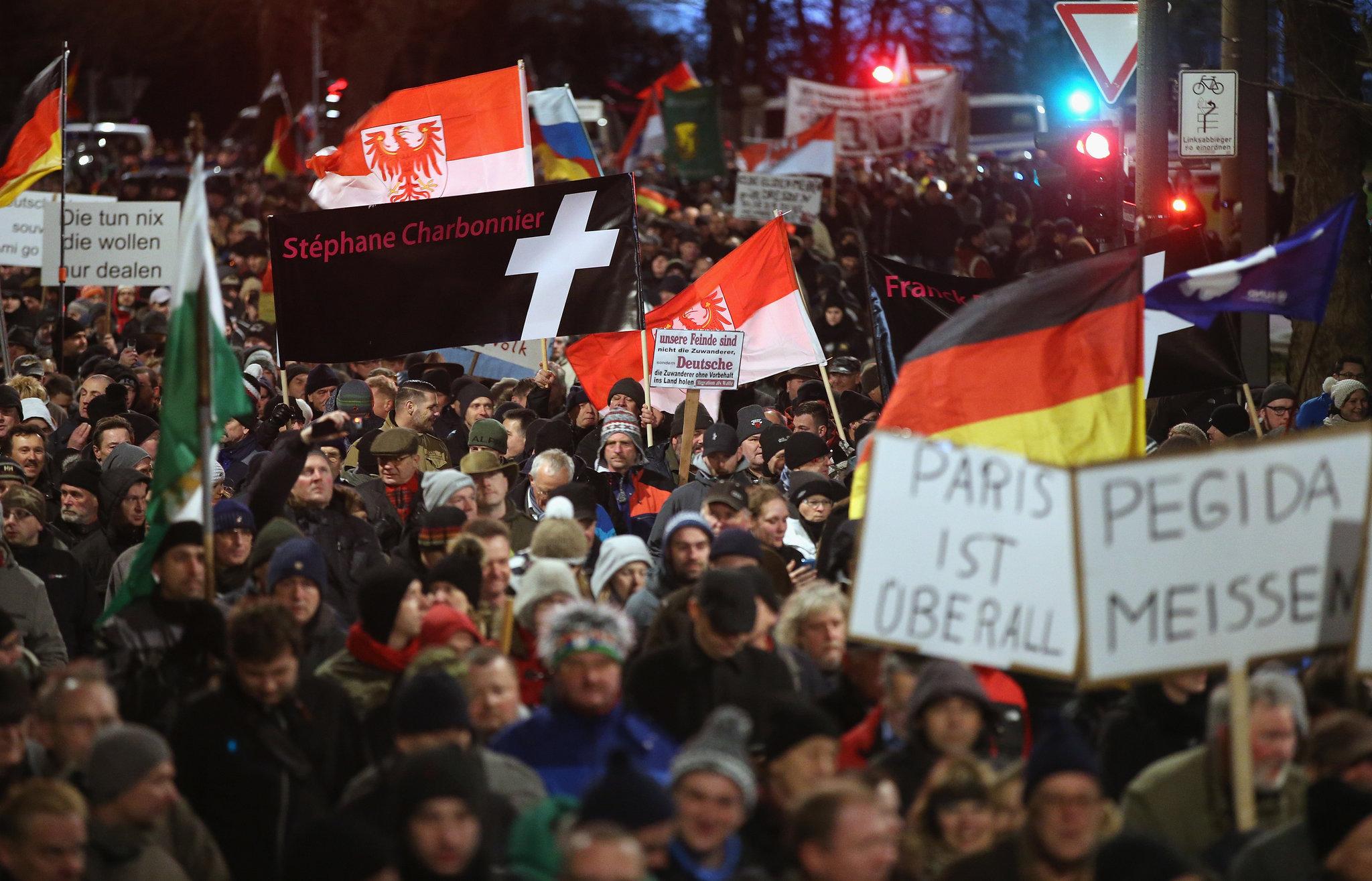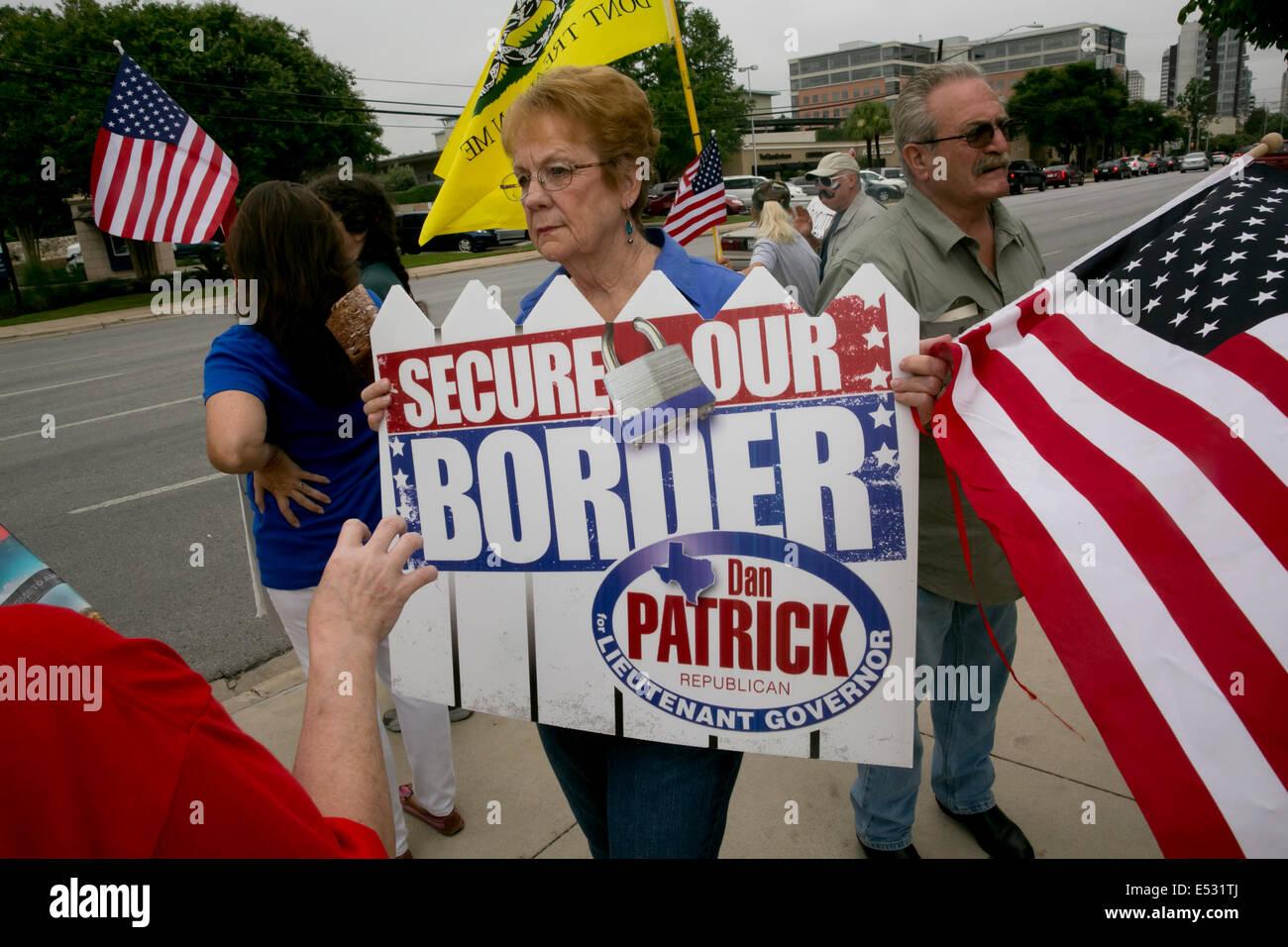Rising Tensions: A Closer Look at the Anti-Migrant and Anti-Racism Protests in London
In a vivid display of societal divisions, rival groups gathered outside a hotel in London designated for housing migrants, sparking tensions that reverberated across the city. Activists from the anti-migrant faction rallied under banners proclaiming their grievance against what they termed an “influx of foreigners,” asserting that their presence strains local resources and diminishes community safety.Their chants echoed thru the streets, articulating fears rooted in economic anxiety and cultural displacement, while the demonstrators showcased a range of sentiments:
- concerns over housing shortages
- Frustration with government policies
- claims of rising crime rates linked to migration
Concurrently, a counter-protest spearheaded by anti-racism advocates sought to challenge these narratives, emphasizing the importance of compassion and inclusivity. They rallied for the rights of migrants, arguing that the influx is a matter of humanitarian obligation rather than a crisis. This contingent,bearing signs adorned with messages of solidarity,articulated their stance against xenophobia and discrimination,highlighting issues essential to their cause:
- The moral imperative to assist vulnerable populations
- The positive contributions migrants make to society
- The necessity of diversity in enriching cultural landscapes

Voices of dissent: Understanding the Concerns and demands of Opposing Groups
The clash between anti-migrant and anti-racism demonstrators outside a London hotel has unveiled a bitter divide within the community regarding immigration policies and the treatment of asylum seekers. Activists from opposing sides took to the streets, each fueled by fervent beliefs that reflect broader societal concerns. Among the anti-migrant protesters, the central themes included:
- National Security: Many voiced apprehensions about the perceived threats posed by unchecked immigration, linking it to rising crime rates and the strain on public resources.
- Local Impact: Protesters expressed fears that the influx of migrants would dilute job opportunities and put pressures on local housing and healthcare systems.
- Cultural Identity: A desire to preserve local customs and traditions was evident, with some arguing that large-scale migration undermines the fabric of british society.
Conversely, those rallying for anti-racism promoted a narrative of empathy and solidarity, emphasizing the human rights of all individuals regardless of their background. key demands from this group included:
- Compassionate Policy Reform: Advocates called for revisions to immigration laws that treat asylum seekers fairly,highlighting the need for humane treatment.
- Community support: Many expressed the importance of fostering inclusive environments where migrants can contribute positively to society and benefit from community resources.
- Resistance to Hate: The anti-racism faction pointed to the dangers of misinformation and xenophobia, insisting that these sentiments only serve to deepen divisions within the country.

The Impact on Local Communities: Navigating the Fallout of Protests Outside Migrant Housing
The recent confrontations outside a London hotel designated for housing migrants have ignited a complex debate that reaches far beyond the immediate clash of opposing factions. Local communities, often caught in the crossfire between rival protests, are grappling with a range of consequences that threaten to deepen social divides. The organized demonstrations have disrupted daily life, instilling feelings of uncertainty and anxiety amongst residents. Some of the noteworthy impacts on these communities include:
- Increased Tensions: the polarized nature of the protests has exacerbated existing community tensions, often pitting neighbors against one another based on their stance regarding migration and asylum policies.
- Concerns for Safety: Many residents report feeling unsafe or uneasy as crowds gather, leading to heightened police presence and concern for public order.
- Economic Impacts: Local businesses are facing potential losses due to disrupted customer flow and apprehensions among shoppers about safety during protest events.
Moreover, community organizations dedicated to support and integration are finding their resources stretched thin as they navigate the fallout of these public demonstrations. The local response has included:
- Community dialogues: Many residents and organizations are initiating dialogues aimed at fostering understanding and cooperation among various groups.
- increased Activism: There is a rise in grassroots movements focused on advocating for migrant rights and anti-racism efforts, reflecting a steadfast pushback against xenophobia.
- Local Support Services: Charities and support networks are mobilizing to address the needs of both migrants and concerned residents alike,seeking to bridge divides rather of fostering antagonism.

Pathways to Dialogue: Recommendations for Bridging Divides and Fostering Understanding
In the face of escalating tensions between rival protests in London,achieving mutual understanding demands an earnest commitment to dialogue. Community leaders and activists must prioritize inclusive discussions that aim to bridge the ideological divides. Establishing designated forums for conversation can enable diverse perspectives to be shared without hostility. Initiatives should include:
- Facilitated town hall meetings where residents and protestors can express their concerns and aspirations.
- workshops focusing on how narratives around migration and racial issues can be reframed to promote empathy and solidarity.
- Collaborative outreach programs that involve local leaders from both sides to engage in community service and shared objectives.
Furthermore, leveraging media platforms to highlight personal stories of migrants and the experiences of anti-racism advocates could shift the prevailing narratives. Both sides should be encouraged to actively listen and seek common ground through joint initiatives. Essential strategies include:
- Storytelling events where individuals from both factions can narrate their experiences and perspectives, fostering emotional connections.
- Creation of joint campaigns that address the socio-economic factors contributing to migration and community displacement.
- Engagement with local educational institutions to develop programs that teach the values of diversity, empathy, and coexistence from an early age.
